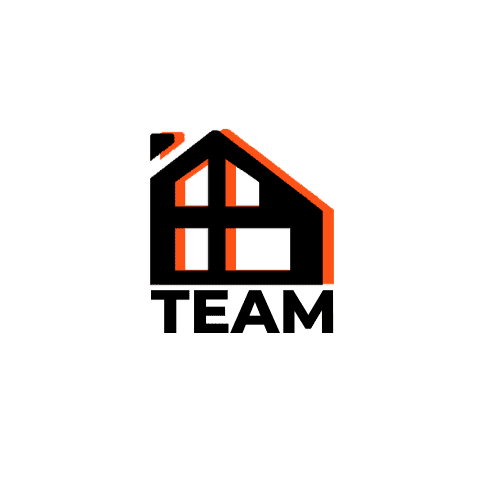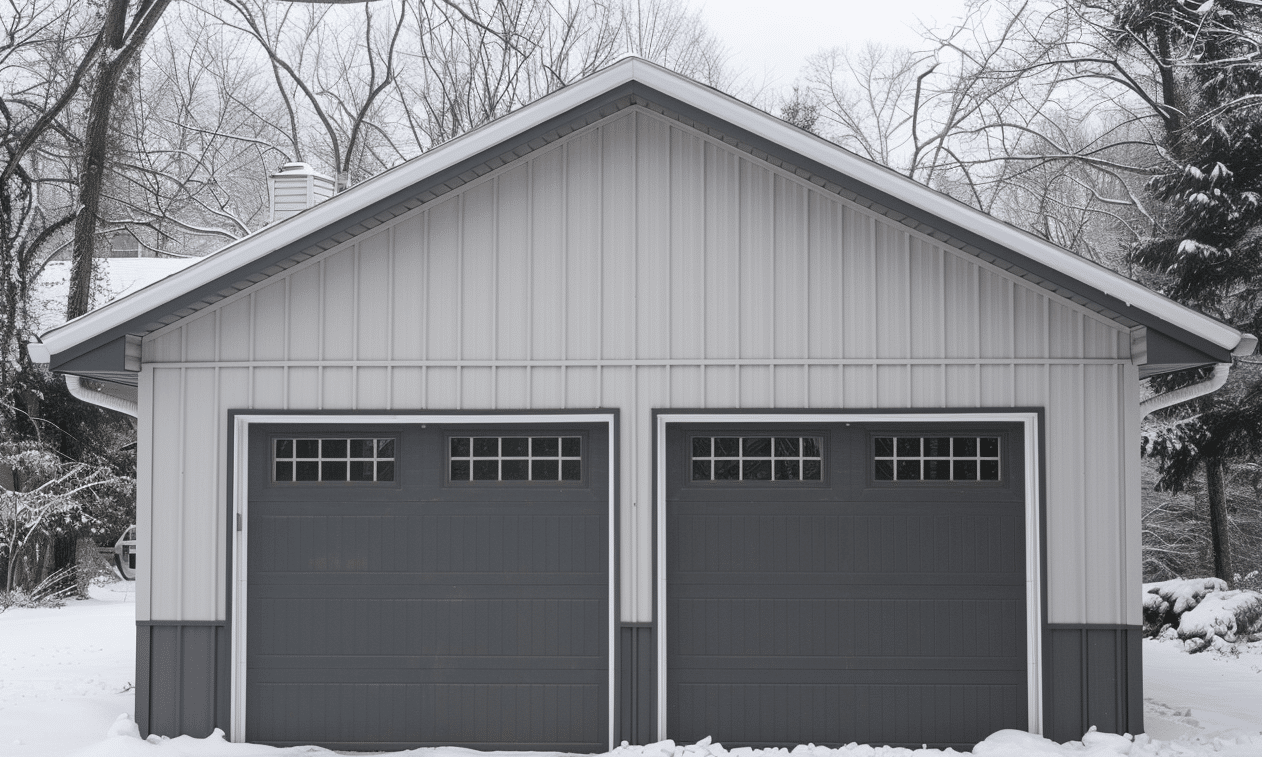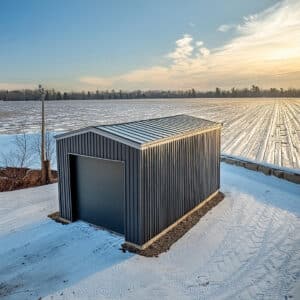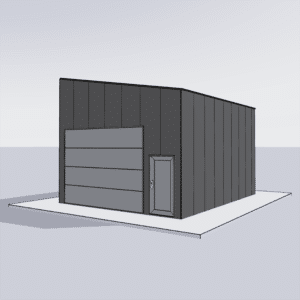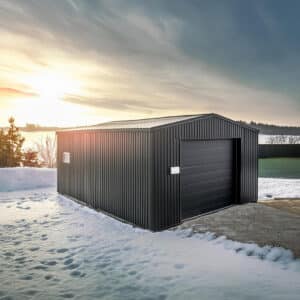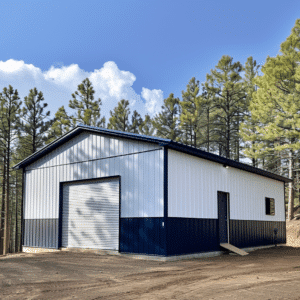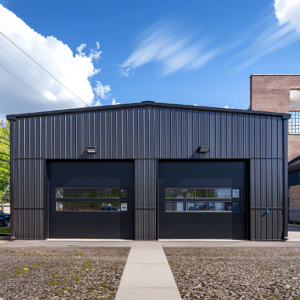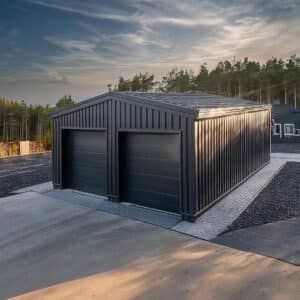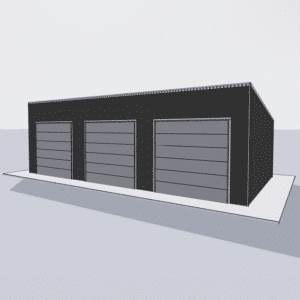When it comes to planning a pole barn, the excitement of creating new space for storage, livestock, or even a hobby workshop is undeniable. Yet, one critical question looms: What are the pole barn cost factors? This seemingly simple inquiry forms the foundation of successful budgeting. Just as every barn is unique, so are the variables that shape its price. Delve into this financial blueprint to ensure your pole barn project balances both dreams and dollars.
Understanding Pole Barn Cost Factors
It’s no secret—cost is a major concern when planning any construction project, especially when it’s on your own property. Understanding the various elements that influence pole barn costs can help you make informed decisions and set realistic expectations.
Location, Location, Location
The first factor to consider is geographic location. Construction costs can vary significantly from one region to another, due to differences in local building codes, labor costs, and material availability. For instance, building in a rural area might reduce labor costs but increase material transport fees, whereas urban settings could incur higher wages for skilled labor.
Size and Design Complexity
Do you need a simple shelter for farm equipment, or are you envisioning an elaborate barn with multiple stalls and storage areas? The size and design complexity of your pole barn can greatly impact costs. Larger buildings naturally require more materials and labor, while intricate designs can increase labor requirements and construction time.
Material Choices
The materials you choose will also play a significant role in overall costs. Opting for high-end finishes and features like insulated walls or advanced roofing materials can push your budget higher, whereas basic materials can keep costs modest. Some may choose metal siding for durability; others might prefer traditional wood for aesthetic reasons, each impacting the budget differently.
Pro Tips on Budgeting
Plan for the Unseen
Planning for any construction project often comes with the unexpected. Additional site preparation, such as grading for uneven land, or dealing with unanticipated weather delays can increase costs. Always include a contingency fund in your budget to cover these unforeseen expenses.
Financing and Funding
When resources are tight, Pole barn financing may be a viable option. Explore different financing options for steel buildings to find a plan that fits your financial situation. Partnerships with builders, such as Your Building Team, can offer advantageous financing solutions tailored to your specific project.
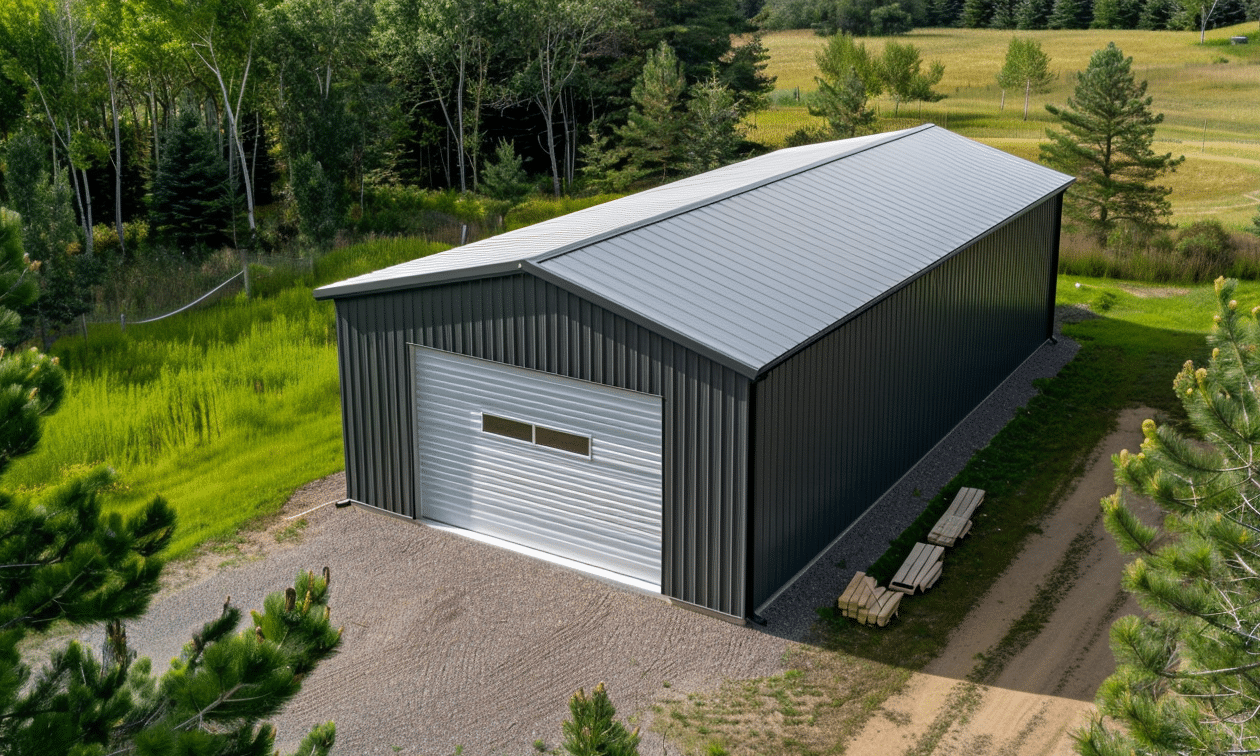
Breaking Down Additional Costs
Permits and Zoning
Before any ground is broken, it’s crucial to abide by local regulations. Acquiring the appropriate building permits and ensuring compliance with zoning laws can stretch timelines—and budgets. Failure to comply can result in fines and additional costs, so this step is non-negotiable in your budgeting process.
Utilities and Site Preparation
Deciding on essential utilities such as electricity, water, and waste management systems can add to the overall expenses. Site preparation work such as clearing vegetation or providing road access to facilitate construction can compound costs as well.
Labor Costs
Perhaps unsurprising, labor costs are formidable among pole barn cost factors. Recruiting skilled builders ensures quality craftsmanship but comes at a price. Factor labor costs into your budgeting to avoid surprises down the line.
Research Is Your Friend
Research similar builds and their costs in your area. Consult resources like BuildForce Canada – Pole Barn Cost Factors for insights on local pricing variations and trends. This can offer a clearer picture and enable you to detect any potential red flags prior to embarking on your project.
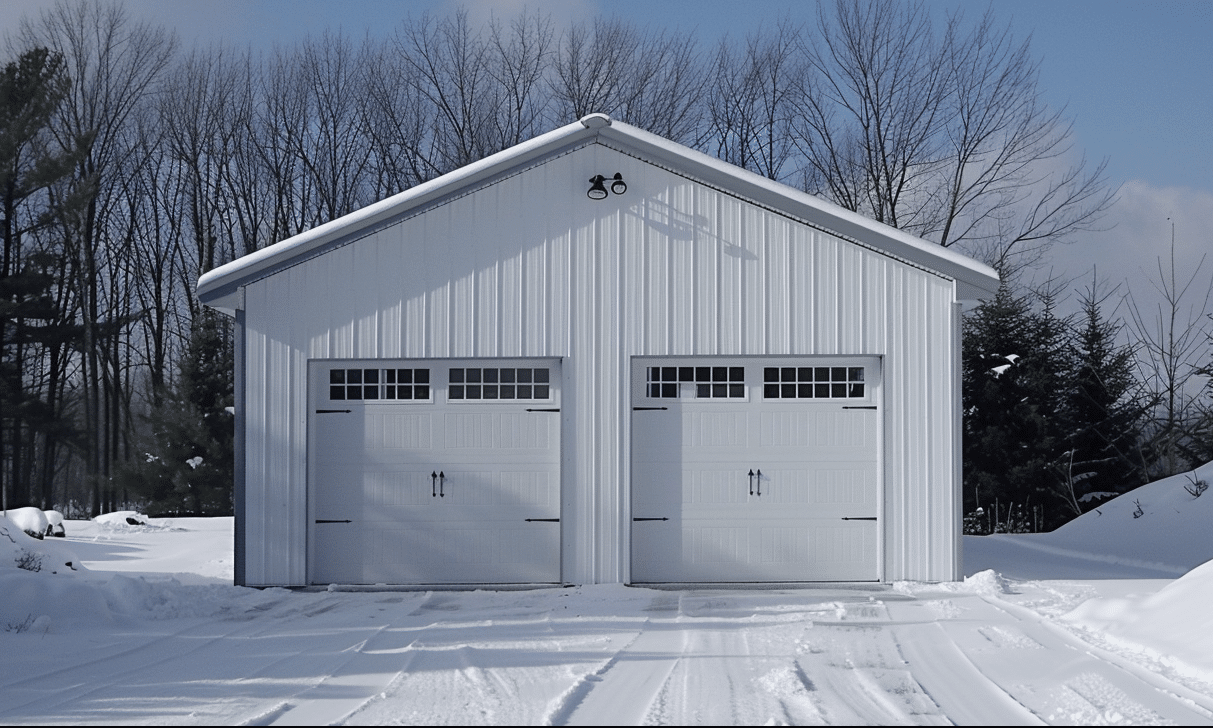
Guidelines for Strategic Spending
To truly optimize your spending, begin with a detailed plan for your pole barn. Consider every element—from the structural core to add-ons such as lighting fixtures—early in the design phase. Use this blueprint as your guiding document, continuously reevaluating each expense against your budget.
Cost-Saving Tips Without Sacrificing Quality
One effective strategy is to phase your project. Start with the essentials—structure and roofing—before adding non-critical elements. This staged approach can prevent budget overruns and allow you to better distribute expenses over time.
The Choice of Kits
Utilizing a pre-designed kit could offer savings in both time and money. Kits are devised for easy assembly and are available in various designs and sizes to suit different needs and budgets. Explore pole barn kits in your region to assess if this is the right route for you.
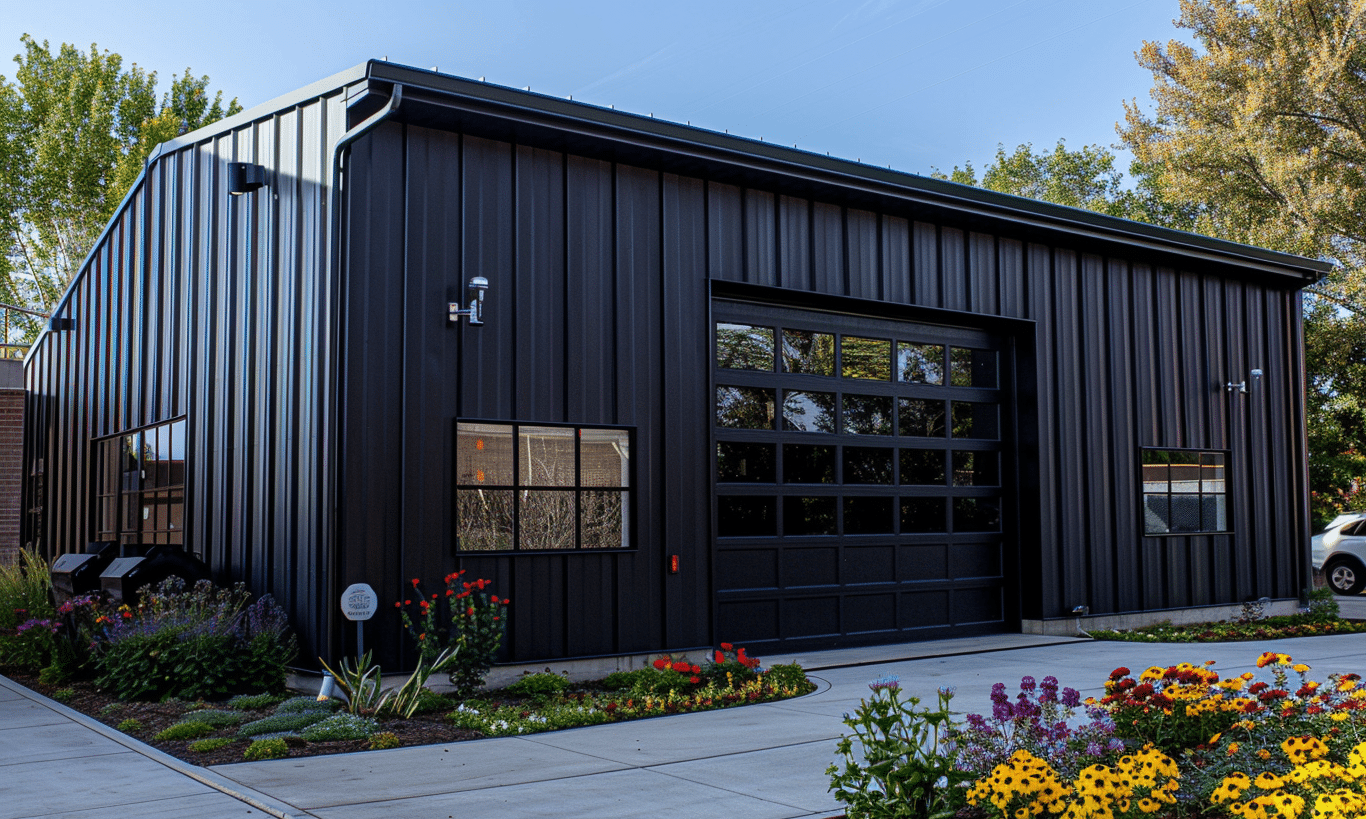
The Bottom Line
Constructing your own pole barn brings both challenges and opportunities. By understanding the critical pole barn cost factors from geographic to material selection, you’re better equipped to effectively plan and execute your project. Remember, budgeting is not just about money management—it’s about maximizing value and turning your vision into reality.
With a comprehensive understanding of cost factors and effective budgeting strategies, your pole barn project can become a seamless construction journey, transforming your property under sustainable financial planning. Always remember: The cornerstone of any successful build is not only what is constructed but how it is planned.
